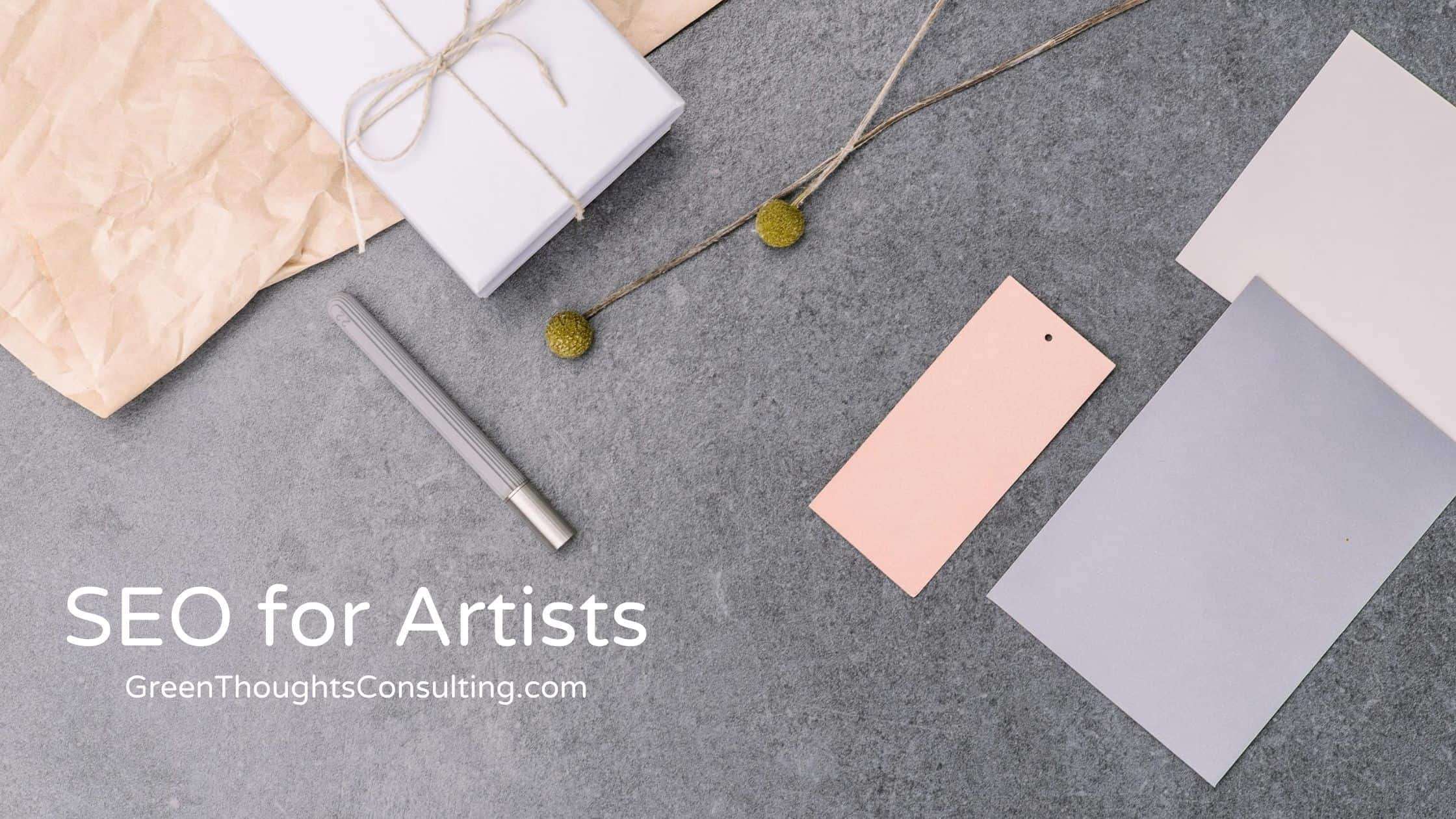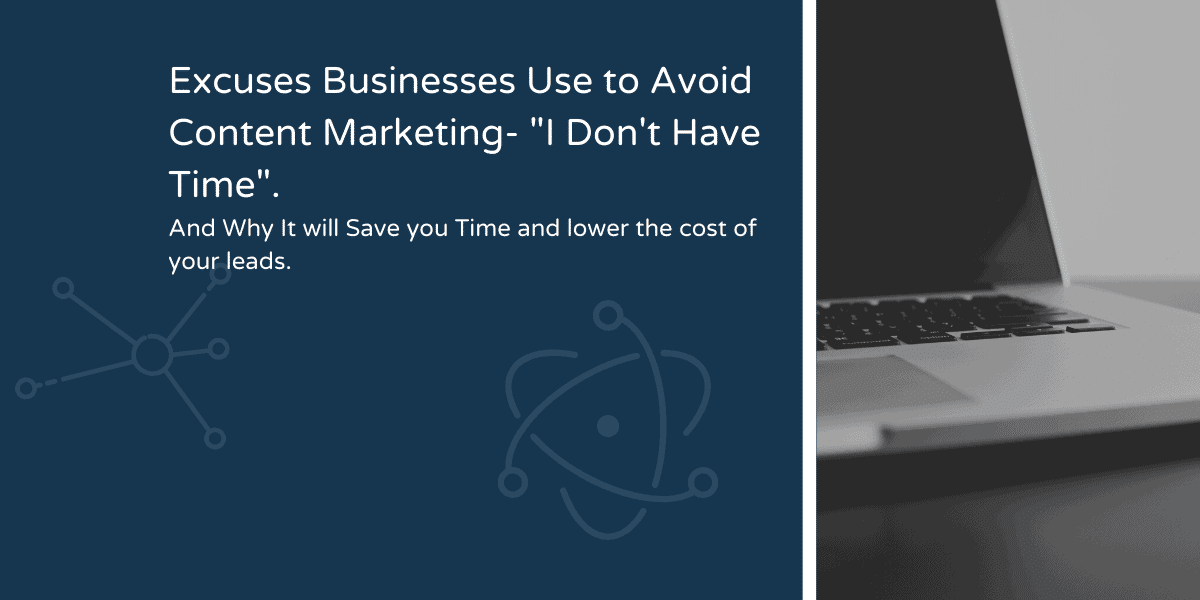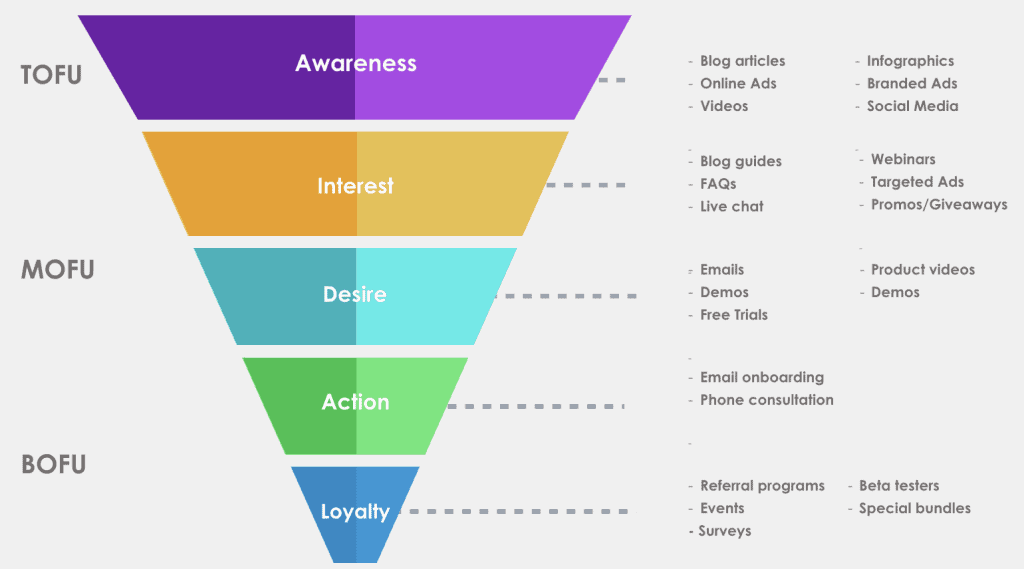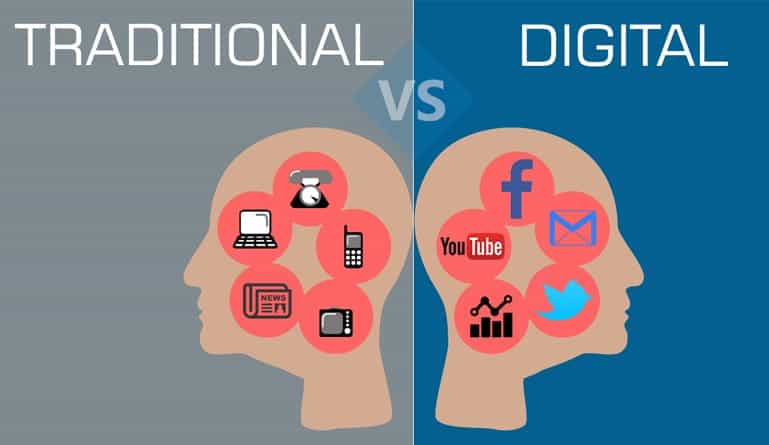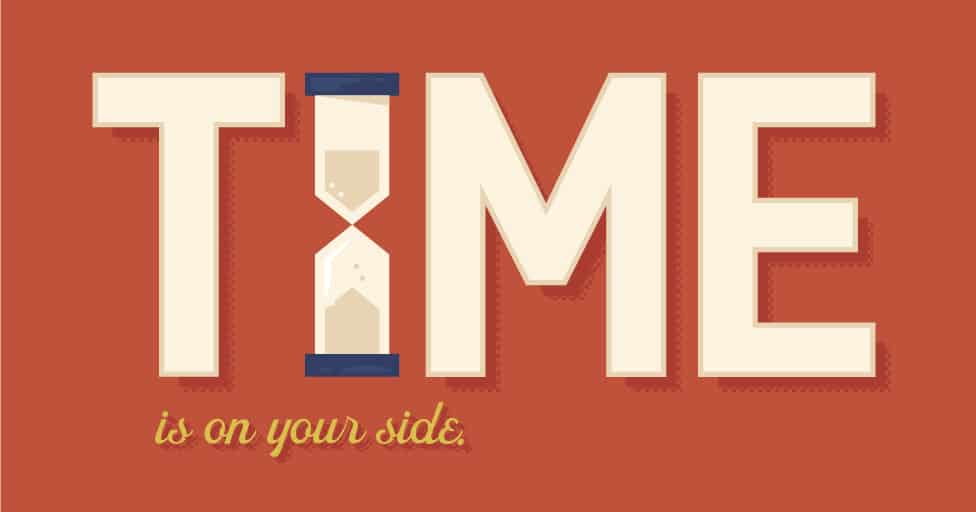Intro to SEO for Artists
SEO for artists is for the most part very similar to Search Engine Optimization in general. However, it’s been my personal experience having worked with artists on web design and SEO projects that there are a few particulars to keep in mind.
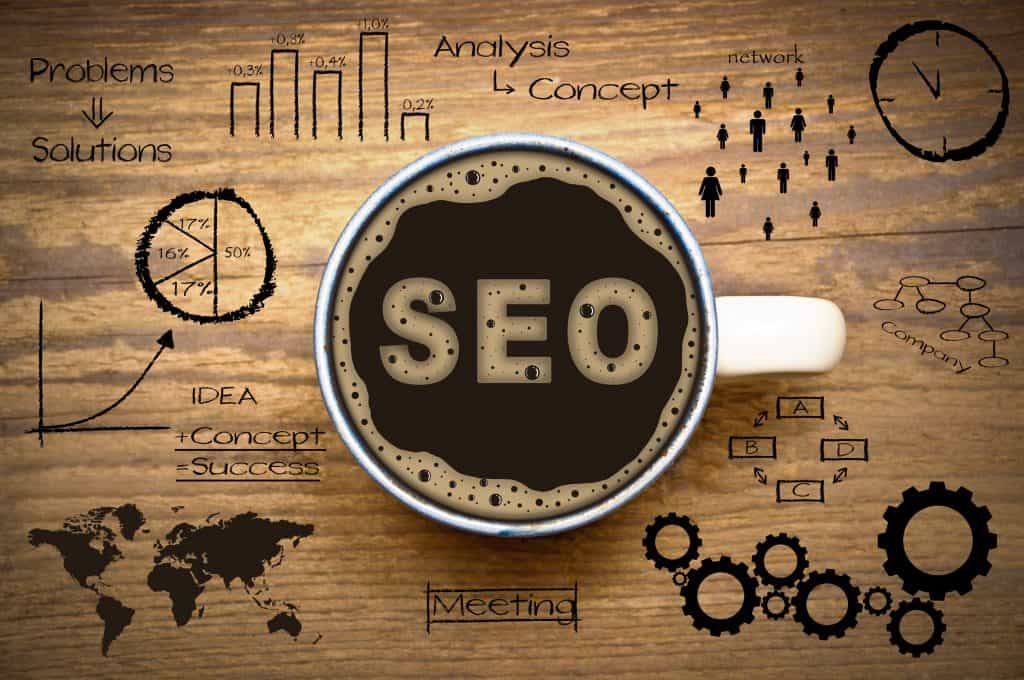
On Page SEO Definition
On page SEO is simply put the process of optimizing your website and individual website pages for search engine optimization. First, this involves site speed which is made up of image compression or serving the correct size for speed and quality, SSL validation or the presences of https, and running the right type of website and using a decent host.
Further, it involves using the right keywords and doing keyword research to understand and maximize value and traffic. You will use these all-important keywords to maximize the SEO title, SEO meta-descriptions, URL, and SEO header tags (h1-h6).
Setting up your artwork and site for success means following the process mentioned below so you “score” well with on page SEO.
Off Page SEO Definition
Off Page SEO is the set of factors that help your site rank that is not on your actual website. These include link related issues and non-link related issues.
The link related issues involve the number of domains that link to your site. The quality of these domains in terms of links that site has, the relevancy of that site to yours (niche). It also matters how those links are technically linked, are they dofollow or “nofollow” links? Further, on page SEO involves something called anchor text, which is the text you see when you click on a link.
The non-linking related issues involve your brand mentions, NAP (Name Address Phone) mentions, social signals (people sharing your content), and finally Google My Business existence for your business.
Both on page and off page search engine optimization are important for artist websites just like any other site. Let’s dive into the specific factors in more detail. But first, it’s important to start with an audit.
SEO Audit for Artists
As with any project that includes SEO you should start with a website audit.
A technical website audit will provide you with the details and underlying information to make decisions that will actually move the needle for your site in a quantitative manner.
An SEO audit should include on page SEO factors such as site speed measurement, SSL validation, on page factors such as title, meta descriptions, and header tags (H1-H6).
Let’s work through a few of these and make comments both generally and specifically as it applies to SEO for artists.

On Page SEO for Artists
Site Speed for Artist Websites
This is becoming a larger force in the search engine ranking world. Google announced in May 2020 that it would begin including several site speed factors in it’s ranking algorithm for sites.
Namely, it refers to these as Core Web Vitals. These include how fast your website “paints” for the users and measures perceived load time or speed. There are some other technical factors that I could mention here but won’t as it’s essentially about the speed of the site.
The best place to check your site speed is Pingdom and GTMetrix.
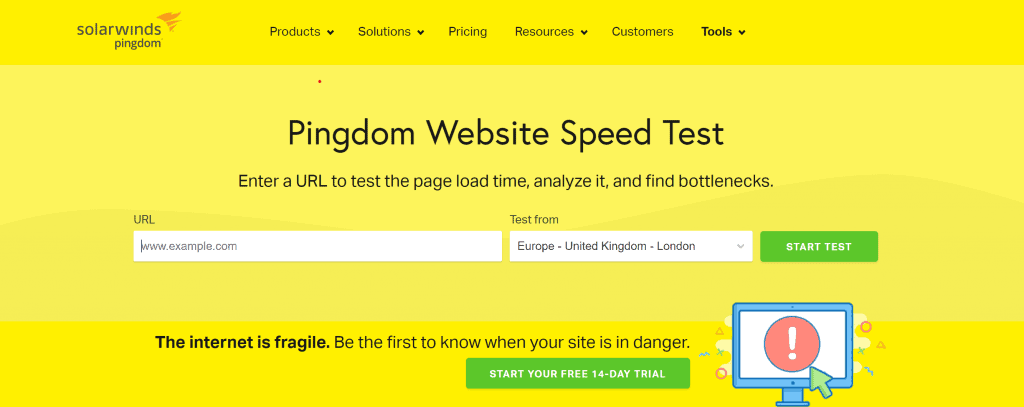
As for metrics, Google is looking to have your site load in under 2.5 seconds and I would shoot for under 2 if it were me. This can be a real issue for artists as their specific sites tend to be loaded with high-resolution images.
No doubt this is an issue. It simply means you need to build your site and specifically the images in a way that allows them to load as quickly as possible. Don’t sacrifice quality for speed.
As an artist one should not gut the quality of images in order to significantly increase page speed. Rather, you should optimize these images so they are sized correctly. Perhaps no bigger than the resolution of an average desktop.
If you are using WordPress there are several plugins available for this purpose.

Image Compression Plugins for WordPress
ShortPixel is the go-to WordPress image compression plugin for those looking to speed up a site. It is free to use, but only allows 100 image compressions per month. I advise you to spend the extra cash the first month or so and get your images compressed.
If you just aren’t feeling ShortPixel here’s a great blog post that will give you other options. For an artist, image compression is a must.
Use it regularly and run it after each post or update. As an artist, the speed of your site will depend to an extent on your image compression. Just keep balancing this with quality. Quality first when it comes to images and SEO for artists.

Alt-Text for Images
Aside from the issue of image size all images have something called an Alt-text. I find like header tags the average bear that builds its own website is missing lots of alt-text.
For an artist that is showing their product, this is a no-no. You MUST include your Alt Text for each and every image.
If you think about it a robot, even a smart ai robot, can’t read an image. So what is it to do with all those images on artist websites?
Enter Alt-text or Alt Descriptions. Alt-text is associated with one per image. In WordPress, there is a box when you upload the picture that says “alt text (alternative text)”. Inside this box, you describe for the bots what the picture is of or representing.
As you may have guessed it’s a good idea to get your keyword, words, or lexically similar keywords into the alt text. However, don’t overdo it. If you over-optimize every area for your keyword in every image, every header tag it will look like it was written for a bot first and foremost.
Don’t do that. Do however put an alt text on every image. Do let most images on a post or page have the exact or a similar description to that of the main keyword.
Just fill out the form below to get our Free SEO Checklist
SSL Validation
SSL validation relates to whether or not a website has secure socket layers. This merely means is your site secured or not. For the most part, this is free on the better website hosting companies. My favorite hosting providers are SiteGround or Bluehost. It is non-negotiable for artist sites and non-artist sites. Get the SSL certificate.
This is a binary question. You either have it or you don’t. If you don’t have it you need it.
You will know you have it if your website starts with https:// at the beginning of your website address, rather than just http://.

Keywords & SEO for Artists
Writing for the benefit of both readers and SEO is important. When you sit down to write a post or blog about a finished piece of art do some keyword research first. It will help a ton.
When it comes to SEO keyword research is where it’s at. Learn to do it.
Keyword research means understanding what real people are actually searching for in the area of your art. You may think to yourself it’s obvious my piece is a 24×24 Stripes and Butterflies Acrylic Gesso. But is that what people are searching for?
Many of us in a particular field or niche use technical language within our area of expertise. However, people don’t search for “stuff” that way.
Often a keyword you as an expert feels is the right one to use in a technical sense will only yield 10 to 50 searches per month, which is low volume. This is a fail.
On the other hand, a formal SEO keyword search will yield the actual volume or number of searches per month on given words and phrases.
At the end of the day to achieve good SEO on an artist’s website it is a good idea to provide category headings that hit large volume keywords such as “Nature Paintings” or “Lifescape Photography” and then on individual piece pages use longer tail keywords like “dark purple nature paintings during dawn” or “lifescape photography in the western USA of cacti ”.
What’s a good keyword volume? It depends.
Generally, you need some keywords with 500 plus visits a month and then many with 10 to 100 visits per month. Remember you won’t get all of these searches because others will be ranking for each keyword too.
If you need help with Keyword research just let me know.
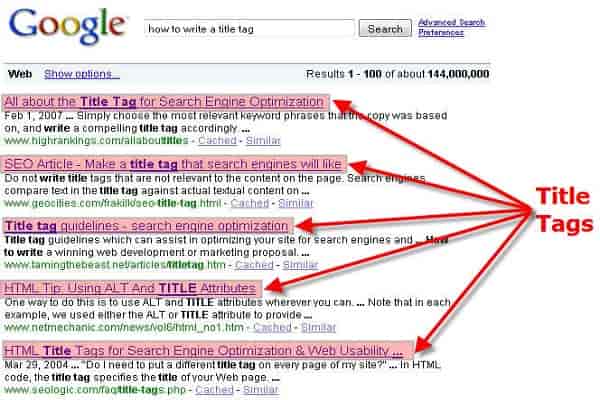
SEO Titles
Title tags or SEO Titles are important to your SEO efforts. Missing, duplicate, or poorly constructed title tags for SEO are damaging to your SEO efforts.
Instead, focus first on actually having an SEO title tag that contains the primary keyword for that article or page. For example, utilize a category page that contains a keyword that has search intent and volume that is around 250 to 500+ for a small site. Look for keywords with lower keyword difficulty.
Keyword difficulty is simply put how difficult it is to rank for that keyword. It is a subjective measure to an extent as different SEO Keyword sites provide differing Keyword Difficulty metrics. I prefer the KD of Ahrefs.com or KeywordFinder.com. Keyword Difficulty under 20 is a safe starting point for new sites.
At the end of the day write an SEO title for humans that has the keyword you are optimizing that page for.
Meta Descriptions for Artists
Meta descriptions are important for SEO as well. They achieve several purposes.
First, meta descriptions provide an overview or blurb about what your post or page is about to a searcher. When you search you see the Title of the Page and a short paragraph about the page.
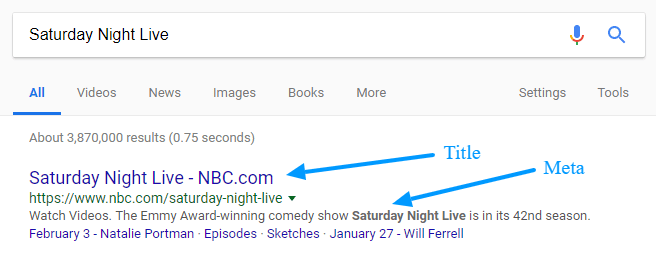
Secondly, the meta description can help increase click-through rate and make your page get clicked on more than another search result that may be boring or just wrong for the search intent.
If you don’t create meta descriptions for your site the individual search engine will choose one for you. This is to be avoided. Do you want a robot describing your art to a searcher?
Rather, you should craft the meta description to be informational, contain the actual keyword you are ranking for on that post/page.
Like most on page SEO items, none in and of itself will change your traffic dramatically. However, each item ads a synergy to the total rank algorithm.
SEO Header Tags (H1-H6)
It amazes me how many websites I run across that don’t have proper header tags setup. I’ve found many people that build their own website believe header tags are just differing sizes for fonts within a text. No.

While the aforementioned is true the point of a header tag is entirely different that font size. Header tags allow search engine robots, or “bots”, to understand the structure of your post or article. They create structure.
Every page must have an H1, every single one. Every page must have only one H1, every single one. Not two, only one.
An H1 header tag is the main or overarching idea of the article. For example, this post has an H1 of SEO for Artists because that’s what the article is all about.
Digging a little deeper after the one and only H1 on a page you should try to break down your text into a few H2 or subheadings and if it’s a particularly long and wordy post it will help to use H3 tags as well. These tags are crouched within each other as below:
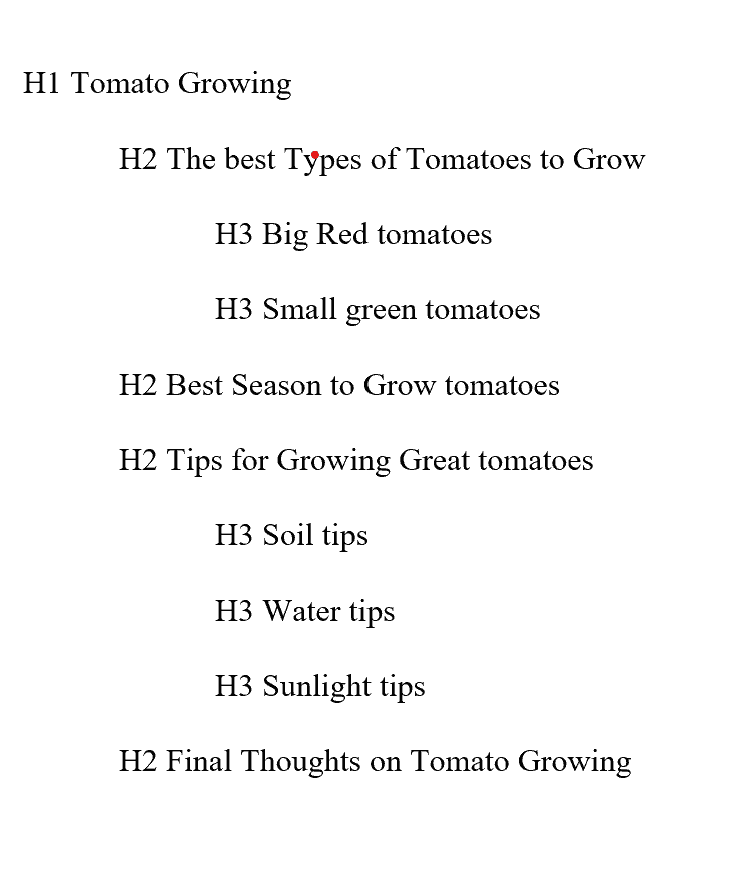
Notice in this example that one of the h2 tags “Best Season to Grow tomatoes” has not subheadings. This is ok. What isn’t ok is to have two H1. Don’t stress about this structure there is no true right or wrong it’s about providing clear headings so the robots can understand what you are saying and “follow” the conversation.
What should you worry about then?
It’s becoming a refrain. Get your page or post Keyword in *some* of these headers. Do it naturally. Don’t force a keyword where it doesn’t belong. Use semantically similar keywords, which means words with similar meanings.
Search engines have a robust artificial intelligence. So, use the words you would when you are talking to someone. Always remember you are writing for the people and search engines.
Practically speaking, artists should use keywords in there header tags that describe what one might search for when looking for that item. Don’t forget your specific name for an item may have very low search and therefore require you to utilize a term that is broader which does receive search volume.
Use categories and locations to start with. So try things like “Chattanooga TN flower paintings” or “paintings of flowers” instead of more detailed descriptions.
The aforementioned will work better and get seen more searchers eyeballs than Polka-dot with Blue and Yellow Spill Spot Dress made with re-engineered rawhide (or some super-specific name.

URLs for SEO
When you create a new page or post on your website it’s important to build a URL that includes the keyword you are targeting.
For example, you could use the standard WordPress linking mechanism of https://your domain.com/?p=123 or https://yourdomain.com/2020/06/sample-post/.
But it’s far better for SEO to use a something like https://yourdomain.com/seo-for-artists/. This latter allows you to have your keyword in your URL, which studies have shown to help your SEO.

Off Page SEO for Artists
Link-related off-page factors
Number of referring domains
This indicator is rather simple to explain. It is merely a count of the number of domains (other websites) that link to your domain. To be clear a domain is the main root path of your website.
For example, https://mydomain.com/some-blog-post/ in this domain the root domain is “mydomain.com”. So you are counting how many different root domains link to you.
There is no good number here. It is all relative. However, as you will see below under relevancy it’s important to have domains that are related to your area of interst.

Link authority
Dofollow vs. “Nofollow” Links
In the technical SEO space, there is an HTML coding mechanism that essentially states how someone is linking to another site. This has been complicated in recent years by a few other technical SEO linking tags, but I’m going to make this simple for my artist friends.
In the HTML world, it looks like a snippet of code or tag like rel=”nofollow”. There is also code nomenclature like UGC and Sponsored links too. I wouldn’t worry much about these. You want Dofollow links on your site. Why?
Google doesn’t transfer PageRank across nofollow links (i.e., links with a rel=“nofollow” tag), so it pays to prioritize the building of followed (dofollow) links. Simply put you want to gain or get dofollow links because this will pass more authority to your site.
Just fill out the form below to get our FREE SEO Checklist
I should note there is still value in nofollow links. It can help with referral traffic. Some large website providers and forums will “nofollow” all links, but the value of having a link on these sites overshadows this fact as far as the volume of traffic you get from that referral.
If you are getting links naturally or building natural looking links you will not have any control over the type of relationship your link has so it’s better to relax and not stress over this point.
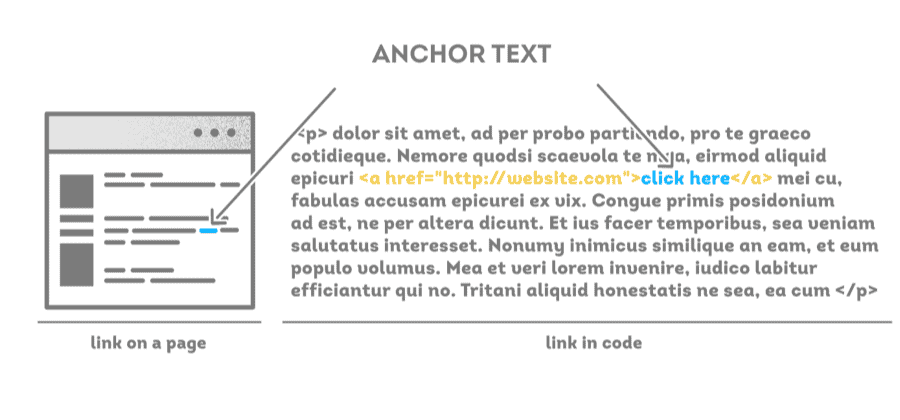
Anchor text
The anchor text is the clickable visible part of a link. So if there’s a link that says Green Thoughts Consulting then “Green Thoughts Consulting” is the anchor text. If the link reads SEO for Artists then “SEO for Artists” is the anchor text. Note that the link is the same in both cases.
Anchor text is all about the text people see when they click the link.
One very important note. You need natural anchor text throughout all your links.
Why because an “abnormal” anchor text profile is consistent with poor SEO practices that are called “Black Hat SEO” and can lead to a Google penalty on your site or de-indexation. De-indexation means Google no longer shows your site at all. It’s a death knell for SEO.
It’s really all about the percentage at which types of anchor text occur. So what percentages do you want as artists?
Generally speaking, the anchor text should be your Brand or website address.
At the end of the day, you don’t have a lot of control over this. Others are linking to you as they wish and you don’t control those links.
Paying for links or having agencies build links for your site that are highly phrase, partial or exact is a dangerous business practice that will result in a Google Penalty. Let it happen naturally.
Here’s the break down recommended by myself and Gotch SEO.

Here’s a great blog post on Anchor Text from Gotch SEO if this is a subject you enjoy check it out.
Relevance
I mentioned relevancy above and it’s really important to any site. When people link to you they are effectively voting that your site is the best ideal of what they are looking to link to because if it wasn’t they would link elsewhere.
However, getting votes that are more relevant to your niche or subject is huge. Relevant links will move the SEO needle more for your site.
Here’s an example: if you have a site that focuses on sculptures and you live in Dallas Texas. Your relevancy would boost the most by getting links from sites that are art-related, sculpture related, fine art related, gallery related, art collector related etcetera.
However, if that same site had links from restaurants, engineering websites, business websites or sports websites the relevancy would be much lower. You want links from relevant niches.

Non-link-related off-page factors
NAP citations
NAP stands for Name, Address, Phone. These are usually directories on the internet or forums that have lists of people in the industry.
Citations of this sort are one of the top local SEO ranking factors and are very important if your business is trying to get clients in a specific area or region.
It’s also important that your NAP information is as consistent as possible between citations, as this allows Google to effectively tie those citations together as part of your online profile. Local and area service businesses underestimate this issue with divergent NAP information. It’s very important.
You should have this on your contact page or in the footer too. Check out a post on where you can post general submissions of NAP.
Free Search Engine Optimization Checklist below. Just fill out the form.
Brand mentions
There is little mystery here it simply means you get bonus points in the rankings when your art or name (read “brand”) is mentioned. This mentioning can be an actual link (hyperlink) to your website or an unlinked mention.
For example:
Linked: John Doe Art is having a sale this week.
Unlinked: John Doe Art is having a sale this week.
So, you want to be on social media and forums so you can get mentioned by other brands. Being mentioned by others is looked at as a vote by Google.
Some examples of ways to get mentions include: get on podcasts, other video creators YouTube channel, guest post on other blogs, social media likes, shares, created posts from others about you. The list can go on and on but the idea is to get your brand and name out there.
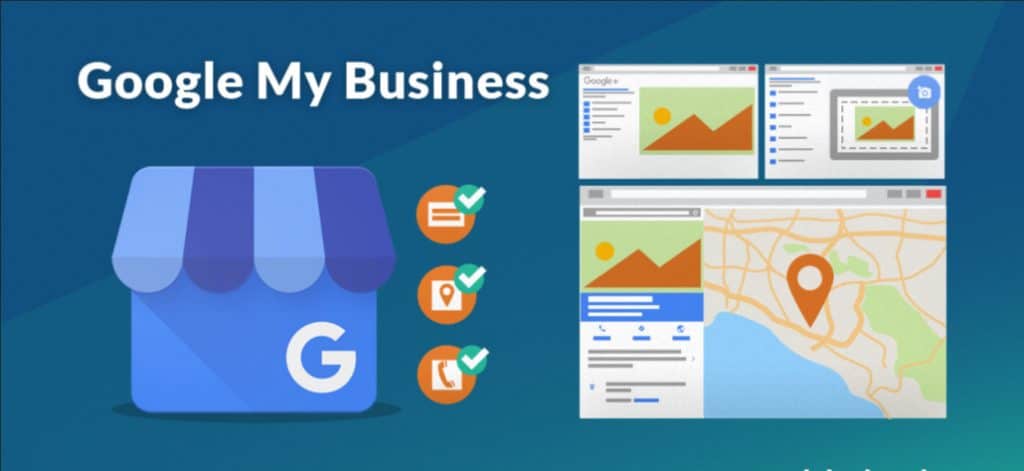
Google My Business
If you are in business you MUST have a Google My Business page. You can build one easily. The optimization of a GMB page is a subject in and of itself that you can read about here, however, it will benefit small local businesses the most. But just because it benefits local doesn’t mean you should ignore it.
It allows you to have a “service area” this area can effectively be the USA or a State you sell in primarily. You should go set one up today if you don’t have one but remember the NAP (name, address, phone) needs to match your website and be consistent across all platforms.
You can set one up here.
Here’s a great guide on the subject of Google My Business by Search Engine Journal.
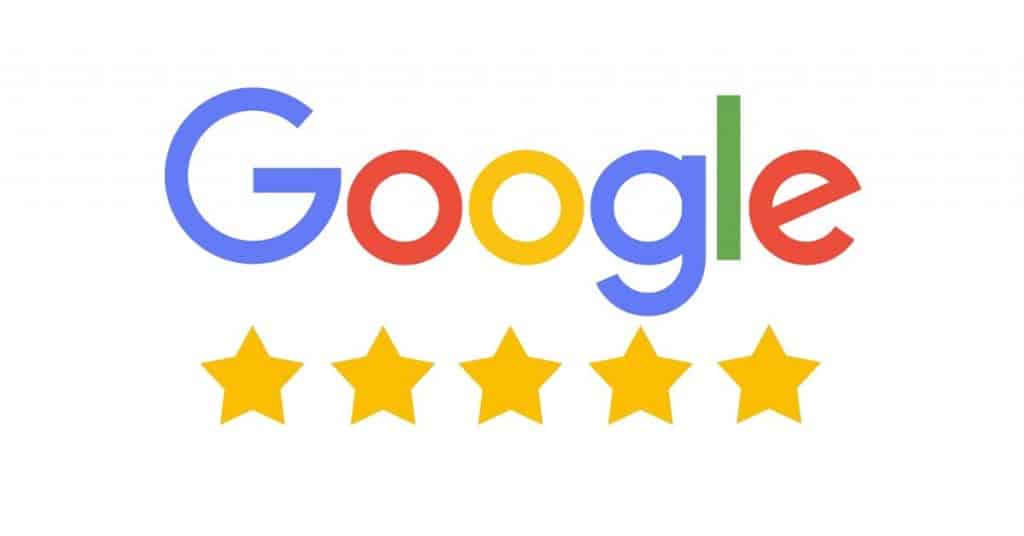
Reviews
Another off page ranking factor that will apply to SEO for artists is that of Reviews. Specifically, we are talking about positive reviews. There are many types of review software helpers out there but I’m not going to dive into that. If your interested check out this review of your options.
The best practice is to get a link to Google My Business Reviews and/or Links to another site that holds reviews and add this to your new customer process.
For example, let say Suzie Q purchases a custom tapestry from you. When she clicks complete purchase she gets a tracking email and a receipt for her purchase. A few days after your average delivery time and no more than approximately 14 days after purchase give or take Suzie Q needs to receive an automated request to review the artwork.
This could be a direct link to the review page with an email request. It could also be an online survey that first asks if she is happy with the product on a scale of 1 to 5. If Suzie Q rates you a 4 or 5 she is sent to the review link if not she is given the opportunity to email you about it. This way you minimize the impact of negative reviews while automating the process of getting reviews.
In my opinion, businesses should ask for reviews from customers in an automated fashion with logical forwarding based on their response as noted above. Most if not all of your business online tasks as far as emails or interaction after purchase should be automated so you can focus on what you love creating great art.
Wrapping Up SEO for Artists
There are a few particulars that artists doing SEO need to keep in mind however, for the most part, SEO is SEO. It can be a dry technical subject for some but it has a huge impact on your business.
Download our checklist for free which will guide you step by step with a practical video walkthrough for that list. Tackle one or two items a week and ask for help when you need it. The most important thing is that you are making progress and creating every day.
I’d love to hear your thoughts on this post so please post below.
